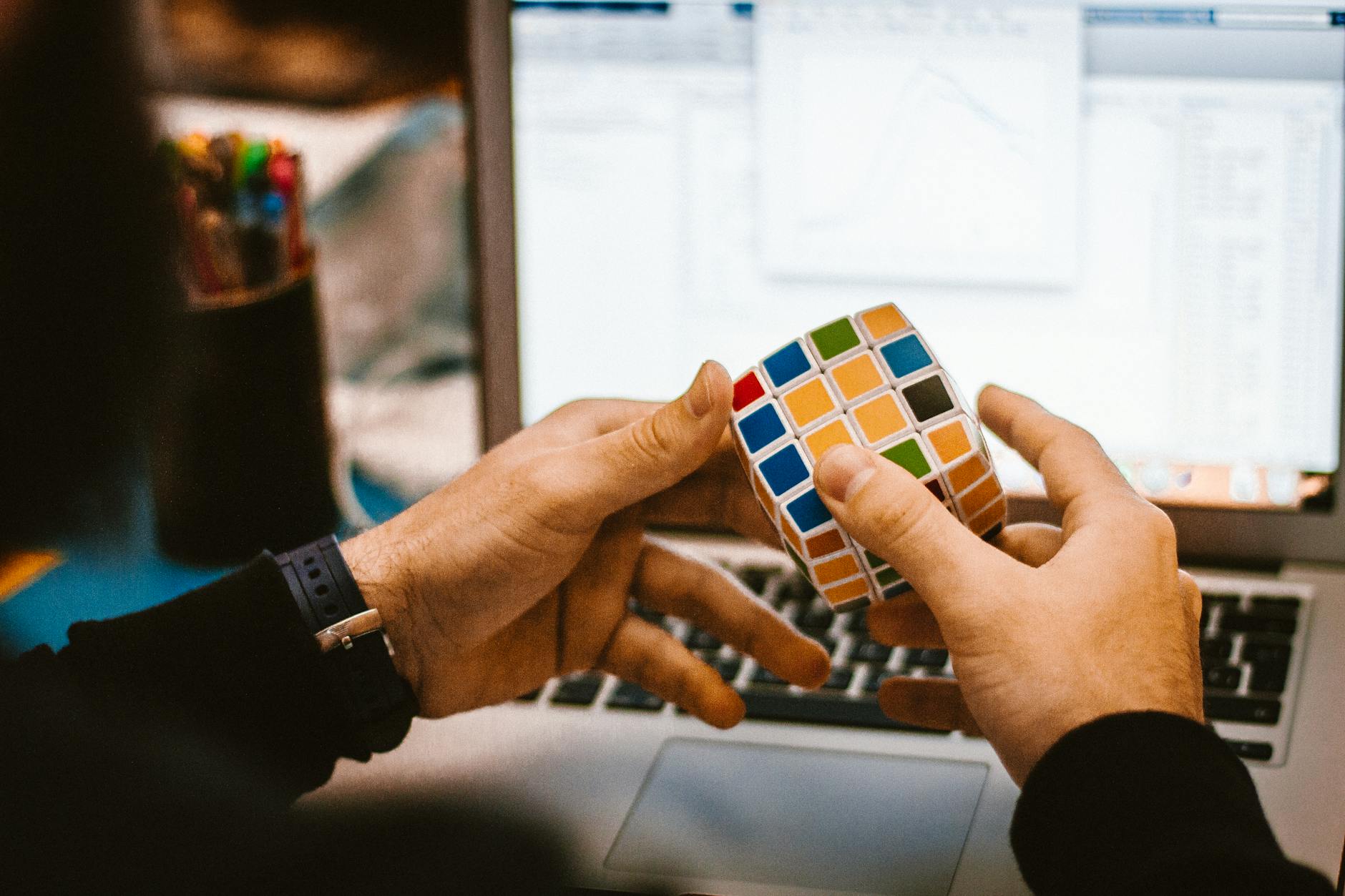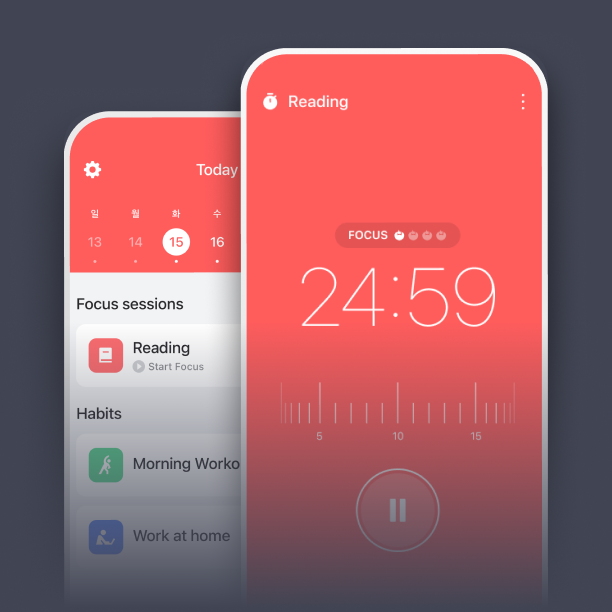What is distraction strategies?

What is distraction strategies?
In today’s fast-paced world, staying focused can feel like an uphill battle. Whether it’s the constant buzz of notifications or the pull of our own wandering thoughts, distractions are everywhere. This is where distraction strategies come into play. These techniques are essential tools that help us regain our focus and enhance productivity by managing the interruptions that clutter our minds.
Understanding Distractions
Distractions are anything that diverts our attention from the task at hand. They can disrupt our concentration and reduce the quality of our work. Studies show that even small distractions can derail productivity, leading to lower quality output and increased errors. For instance, research indicates that employees lose about 720 hours annually due to workplace distractions, significantly impacting overall efficiency (Psychological Science).
Types of Distractions
Distractions can be categorized into two main types: internal and external.
- Internal Distractions: These include our thoughts and emotions. For example, worrying about a personal issue or daydreaming can pull us away from our tasks.
- External Distractions: These stem from our environment, such as phone notifications, background noise, or even a cluttered workspace.
The Psychology of Distractions
Understanding the psychological impact of distractions is crucial. When we encounter distractions, our brains must refocus on the task, which can take time. This constant switching can lead to cognitive overload, making it difficult to maintain productivity. For insights into how distractions affect brain function, check out Clockify’s analysis.
Overview of Distraction Strategies
To combat distractions effectively, we can implement various strategies designed to improve focus and productivity.
Time Management Techniques
One of the most effective ways to minimize distractions is through time management techniques. The Pomodoro Technique, for instance, breaks work into intervals (usually 25 minutes) followed by short breaks. This not only helps maintain concentration but also keeps motivation high. Another method is time blocking, where you set specific blocks of time for different tasks, enabling a more structured approach to your day.
Environmental Adjustments
Optimizing your physical workspace can also make a big difference. Here are some suggestions:
- Declutter your desk: A tidy workspace can reduce visual distractions.
- Use noise-canceling headphones: These can block out background noise, helping you concentrate better.
- Adjust lighting: Natural light can enhance mood and productivity, so try to work in well-lit areas.
Digital Distraction Management
In our digital age, managing online distractions is crucial. Consider using app blockers to limit access to distracting websites during work hours. You can also manage notifications by setting your phone to “Do Not Disturb” during focus sessions. This way, you can keep your attention on important tasks without constant interruptions.
Implementing Distraction Strategies
Now that you understand various distraction strategies, how can you integrate them into your daily routine?
Assessing Current Distractions
Start by identifying your main distractions. Keep a journal for a week to note what interrupts your focus. Are you more distracted by internal thoughts or external factors? Evaluating their impact on your productivity can help you prioritize which distractions to tackle first.
Creating a Distraction-Free Zone
Designing a space conducive to concentration is vital. Here are some tips:
- Choose a quiet location: If possible, find a space away from foot traffic and noise.
- Set boundaries: Communicate with others that you need uninterrupted time during certain hours.
- Personalize your workspace: Add elements that inspire you but don’t clutter your space.
Staying Committed to Strategies
Maintaining discipline is key to making distraction strategies work. It’s easy to slip back into old habits, so set reminders or check-in with yourself regularly. Join communities or forums focused on productivity, like those found at Verywell Mind, to stay motivated and exchange tips with others.
Conclusion and Next Steps
Distraction strategies are essential for anyone looking to enhance productivity and focus in their daily life. By understanding the types of distractions, implementing effective techniques, and creating a supportive environment, you can take significant steps toward better concentration.
Start experimenting with different strategies today. Observe what works best for you and make adjustments as necessary. In a world full of distractions, the ability to manage your attention is a powerful skill. Embrace the journey of discovering what helps you focus best, and you’ll likely see improvements in your productivity and overall well-being.

Photo by Juan Pablo Serrano
